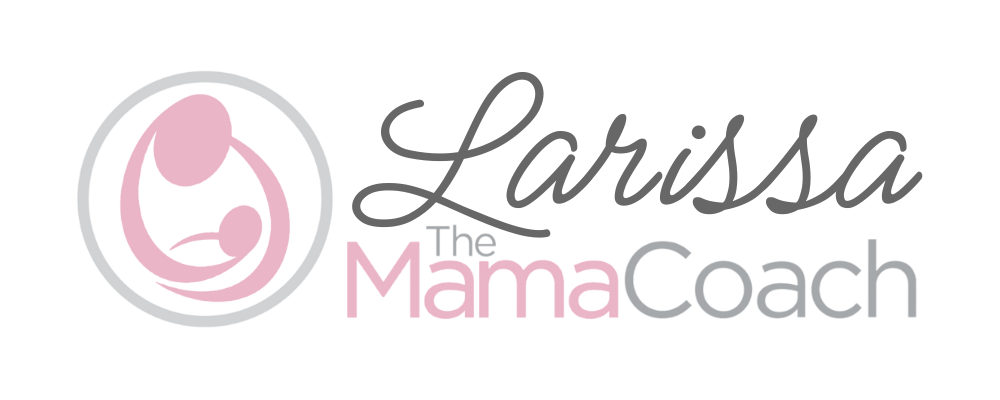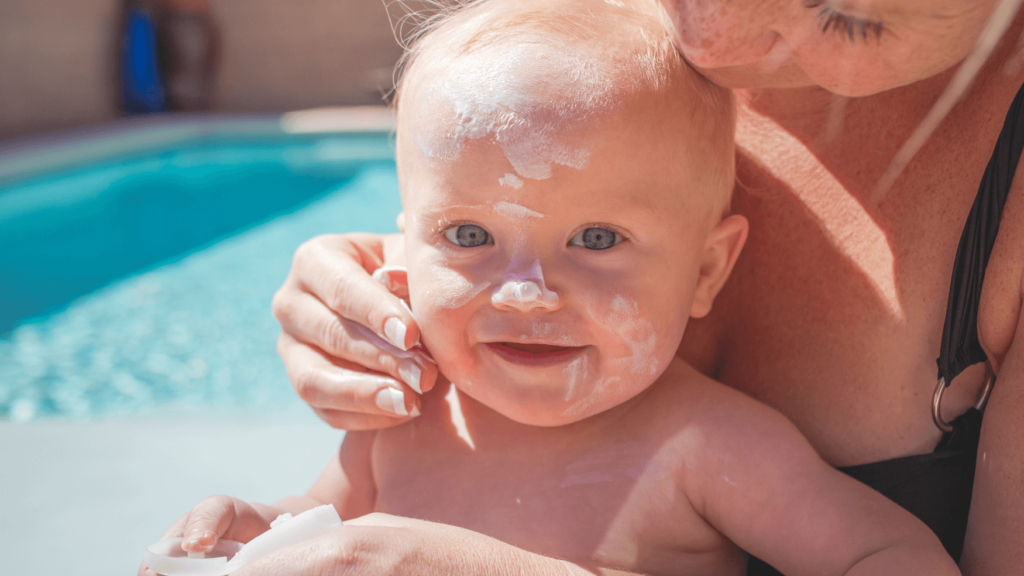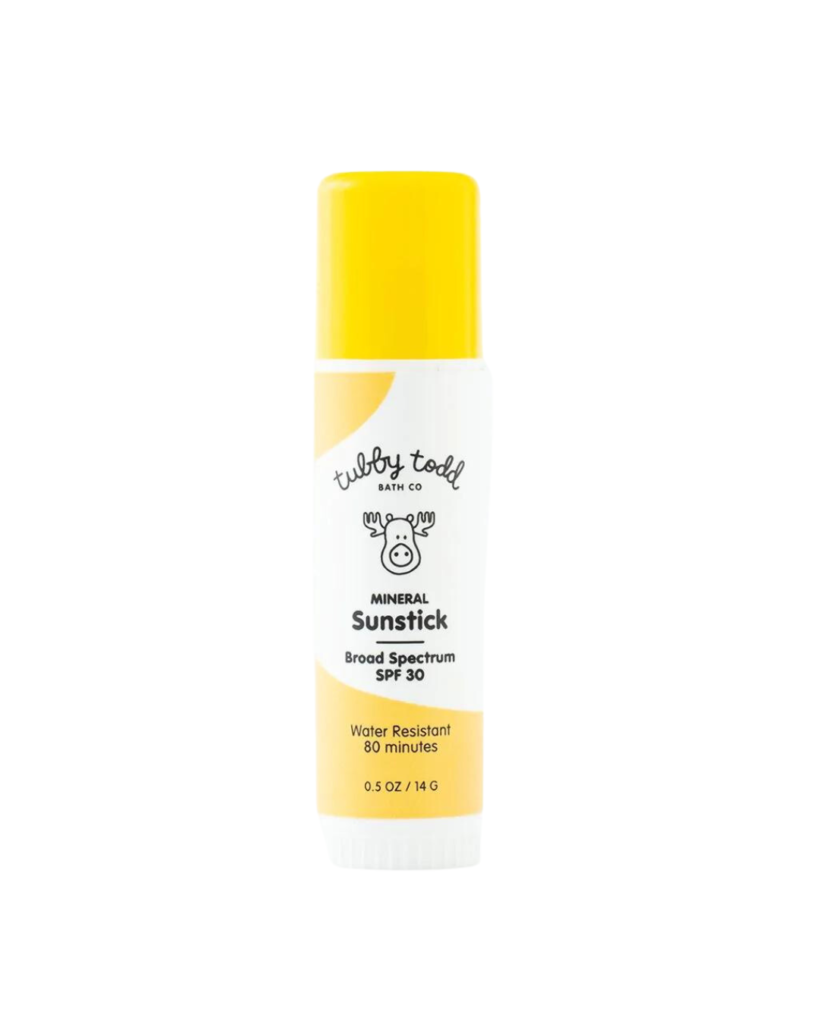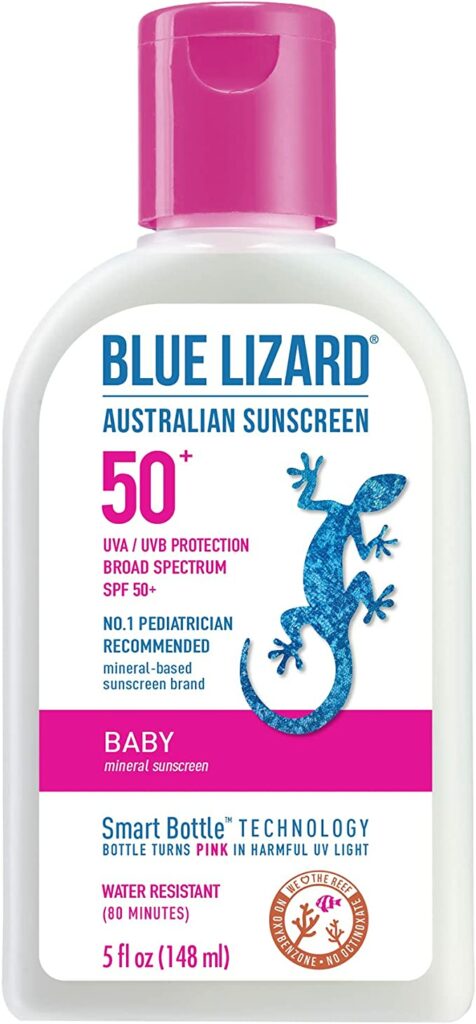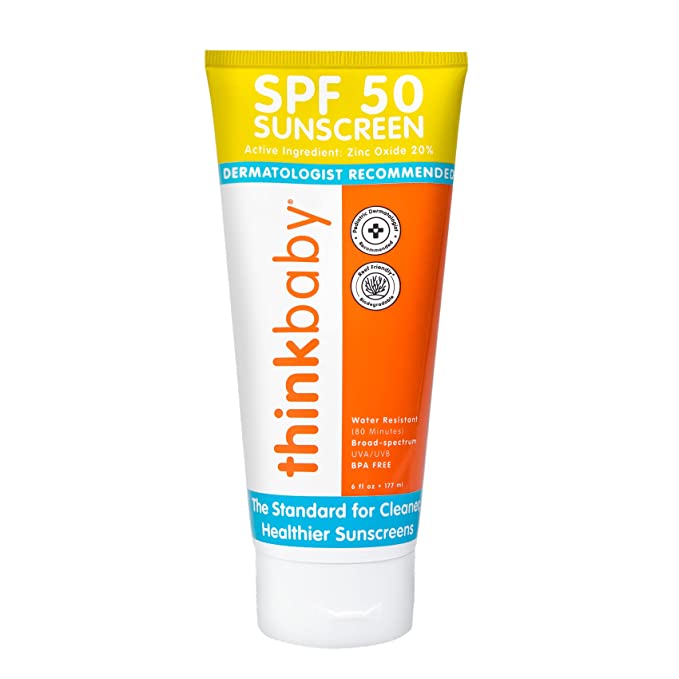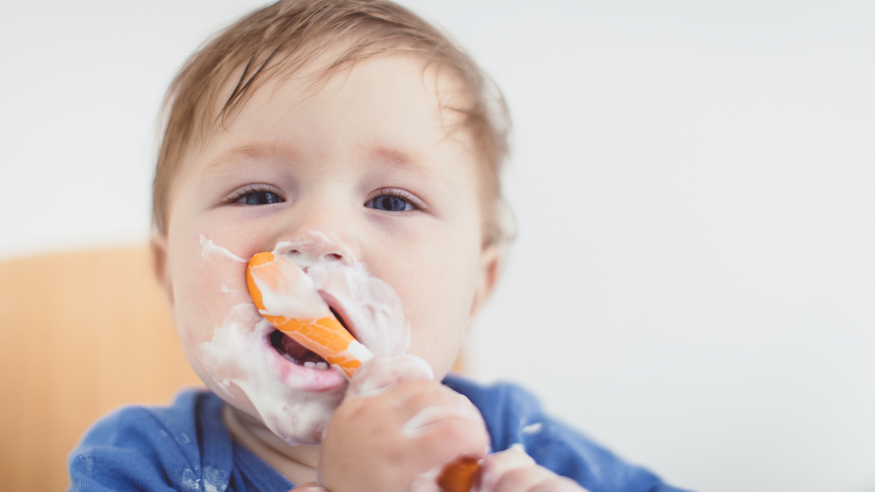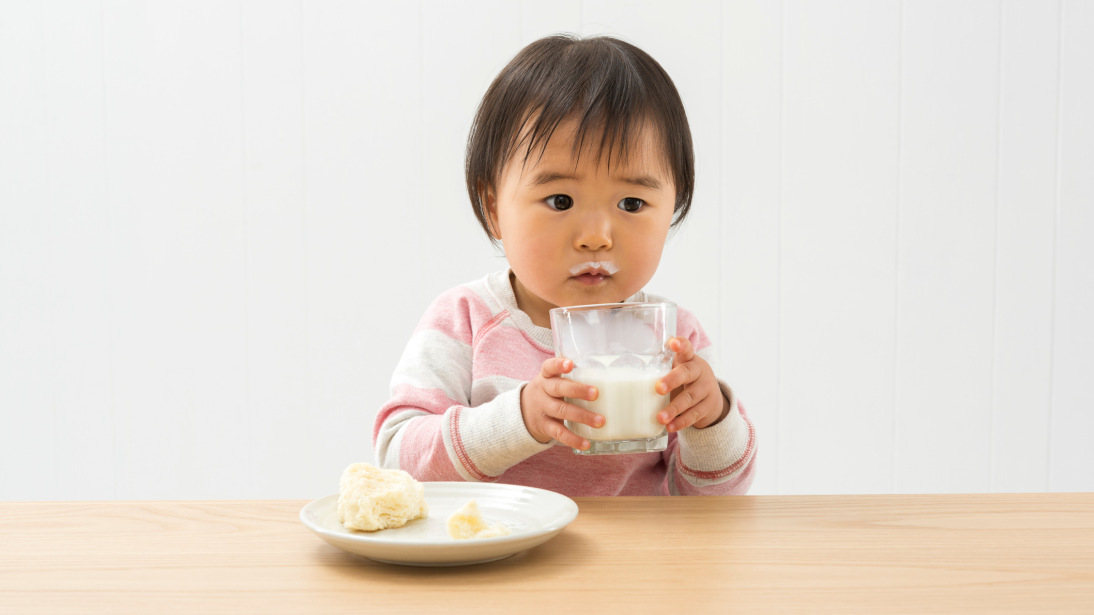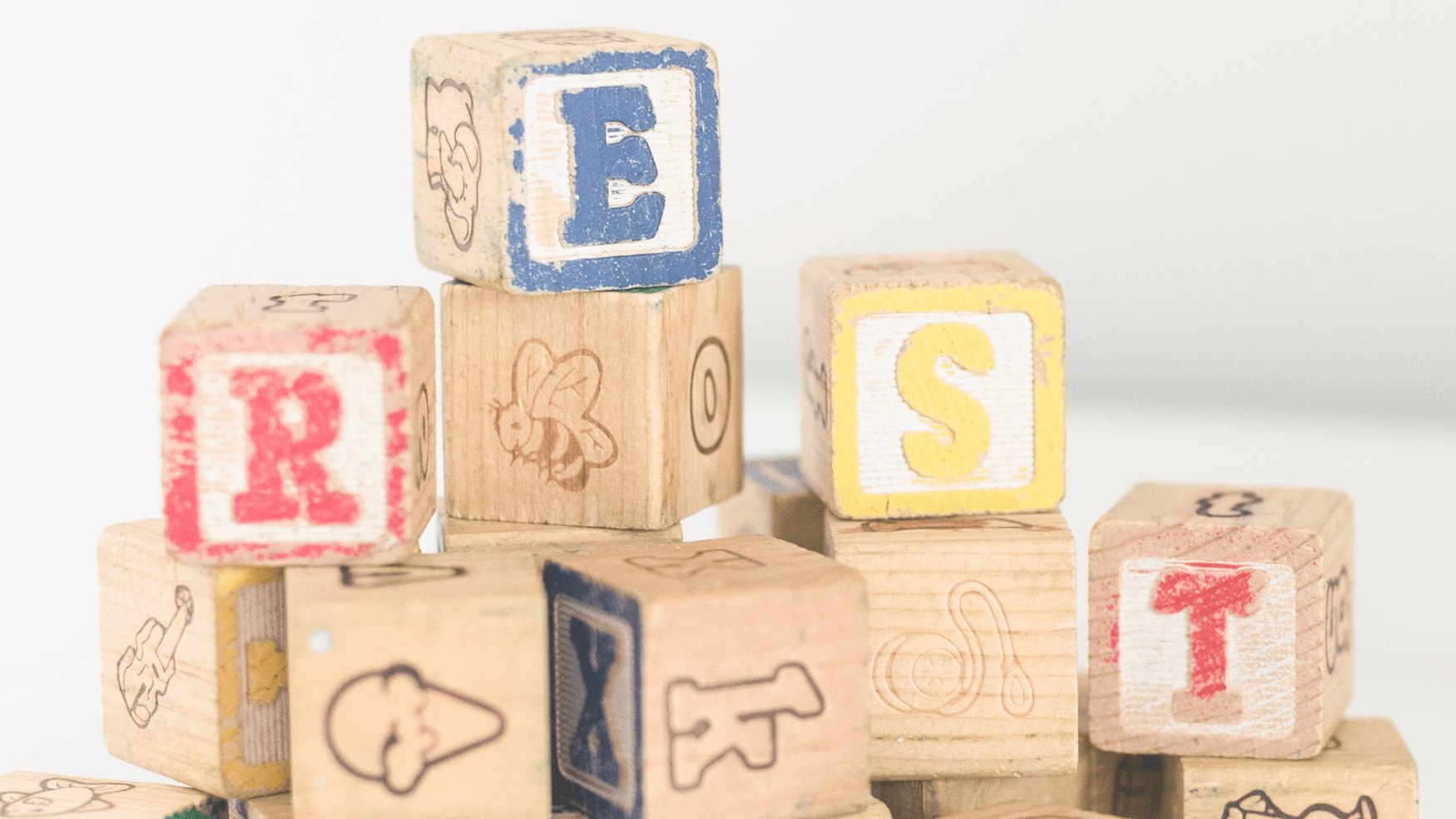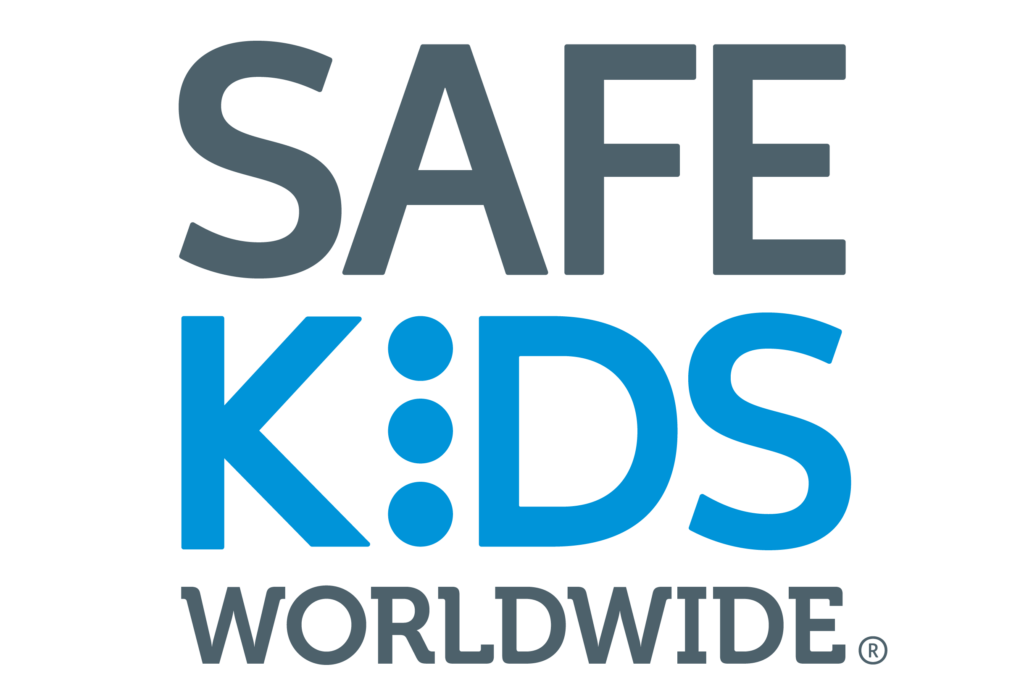As the summer months approach (finally!), you may be wondering how to keep your baby safe from the sun’s harmful rays. Sunscreen can be a helpful tool to protect delicate baby skin, but it’s important to follow guidelines to use it safely and effectively.
Sunscreen Guidelines for Babies
According to the American Academy of Pediatrics (AAP), babies under six months old should be kept out of direct sunlight as much as possible. This means staying in the shade, using protective clothing, and avoiding the sun during peak hours. The most intense hours for the sun are typically between 10 a.m. and 4 p.m.
However, if shade and protective clothing are unavailable, you can apply a small amount of sunscreen to areas of the body that cannot be covered by clothing. This might include the face and the back of the hands.
You may wonder why the AAP does not recommend sunscreen for children under six months old. This is because their skin is thinner and more delicate than older children and adults. Additionally, their developing skin may absorb more of the chemicals in sunscreen, which can potentially cause harm or irritation. Overall, it’s best to avoid sun exposure for infants under six months as much as possible. Instead, rely on shade, protective clothing, and other sun safety measures to minimize their exposure to UV rays.
For children six months and older, you can use sunscreen more liberally. It’s important to choose a product that is appropriate for their delicate skin. Look for sunscreens that are labeled “broad-spectrum,” meaning they protect against both UVA and UVB rays, and have an SPF (sun protection factor) of at least 15. Sunscreens with higher SPFs offer greater protection, but no sunscreen can provide complete protection from the sun.
How to Apply
When applying sunscreen to a baby, use a generous amount and make sure to cover all exposed areas of the skin. This includes the face, ears, and back of the neck. Be sure to reapply sunscreen every two hours, or more often if the baby is sweating or splashing in water. Sunscreen sticks are helpful for easy face application. Don’t have a sunscreen stick? A popular parent hack is to use a makeup sponge or brush to easily apply sunscreen lotion to your child’s face. Check out a video of this method here.
How to Choose a Baby Sunscreen
Choose a “broad spectrum sunscreen” that protects against both UVB and UVA rays. When choosing a sunscreen, you may also want to consider the difference between mineral and chemical sunscreens.
Mineral sunscreens, also known as physical sunscreens, contain active ingredients such as zinc oxide and titanium dioxide. These ingredients work by forming a physical barrier on the skin that reflects and scatters UV rays away from the skin. Mineral sunscreens tend to be gentler on the skin and are less likely to cause irritation or allergic reactions. They are also effective immediately upon application, as opposed to chemical sunscreens that may take up to 30 minutes to become effective. Dermatologists often recommend physical (mineral) sunscreen for young kids.
Chemical sunscreens work by absorbing UV rays and converting them into heat that is then released from the skin. While chemical sunscreens can provide effective sun protection, they may be more likely to cause irritation or allergic reactions, particularly in those with sensitive skin, like babies!
Experts recommend a lotion sunscreen over one that sprays because you’re more likely to get effective coverage. Most baby sunscreens have an SPF of 50. Research has not shown significant benefits of SPFs above 50.
Which are the best sunscreens for babies?
There are so many options out there when it comes to sunscreen for babies. I prefer to use mineral sunscreen for infants when possible. Here are a few of my favorite mineral sunscreen options:
Tubby Todd Sunscreen Stick: perfect to easily apply and reapply to faces! (get 10% off through this link!)
Blue Lizard Mineral Sunscreen Unscented
ThinkBaby SPF 50+ Mineral Lotion
General Sun Safety Guidelines
In addition to using sunscreen, remember to take other precautions to protect a baby from the sun. This includes staying in the shade as much as possible, dressing them in protective clothing such as long-sleeved shirts and wide-brimmed hats, and avoiding sun exposure during peak hours. Look for lightweight, breathable clothing made from UV-protective fabric for added sun protection.
By following these guidelines, parents and caregivers can help protect their babies from the sun’s harmful rays while still enjoying outdoor activities. Sunscreen can be an effective tool in protecting delicate baby skin, but it’s important to use it safely and effectively to ensure the best possible protection.
